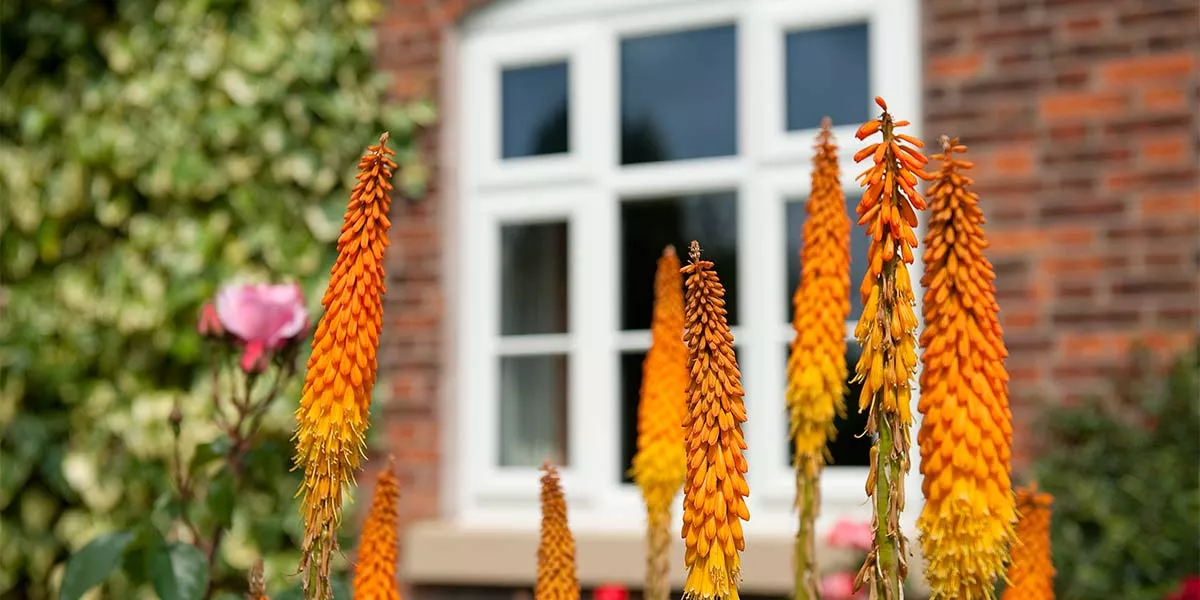Everyone is welcome to come in and browse around our Gillingham Showroom in Kent, where our friendly sales team will be pleased to help with any questions you may have.
How Condensation Occurs And How To Stop It
Going by the amount of people who speak to us about it, we know that lots of you will be glad to see the back of winter, mainly because you are sick of seeing condensation on the inside of your windows first thing every morning.

We feel your pain and know exactly why it happens.
Think about it.
During the winter months, our homes are full of heat as our radiators are pretty much always turned on. Added to that, we tend to keep our windows closed when cooking and showering.
If there’s no extractor fan or vents to take away this heat, it causes excess humidity and a build-up of moisture. When this all meets with the cold surface of glass, it results in those water droplets forming.
So, improving your ventilation is a solution to your condensation woes. But it’s not the only solution.
Upgrading from single-glazed windows to energy efficient double-glazed windows will also help as double-glazed windows are warmer than single-glazed windows.
Though, when buying double-glazed windows, you should be told that you can get some external condensation on them, normally in the months of March/April and October.
Don’t be seeking a refund – this is a perfectly normal thing to happen if your home faces in a certain direction.
It’s due to the so-called Dew Point being high in the spring and autumn seasons and the temperature of the external surface of glass being much colder than it, causing moisture to condense.
This phenomenon shows that the windows are doing a great job of keeping heat inside, one of their main purposes.
External condensation will soon disappear any way once the sun comes out or a breeze hits it.
Condensation is a subject that we’re regularly asked about at Eden Windows, so it made sense for us to create a guide on it.
You can get a FREE copy of it here.